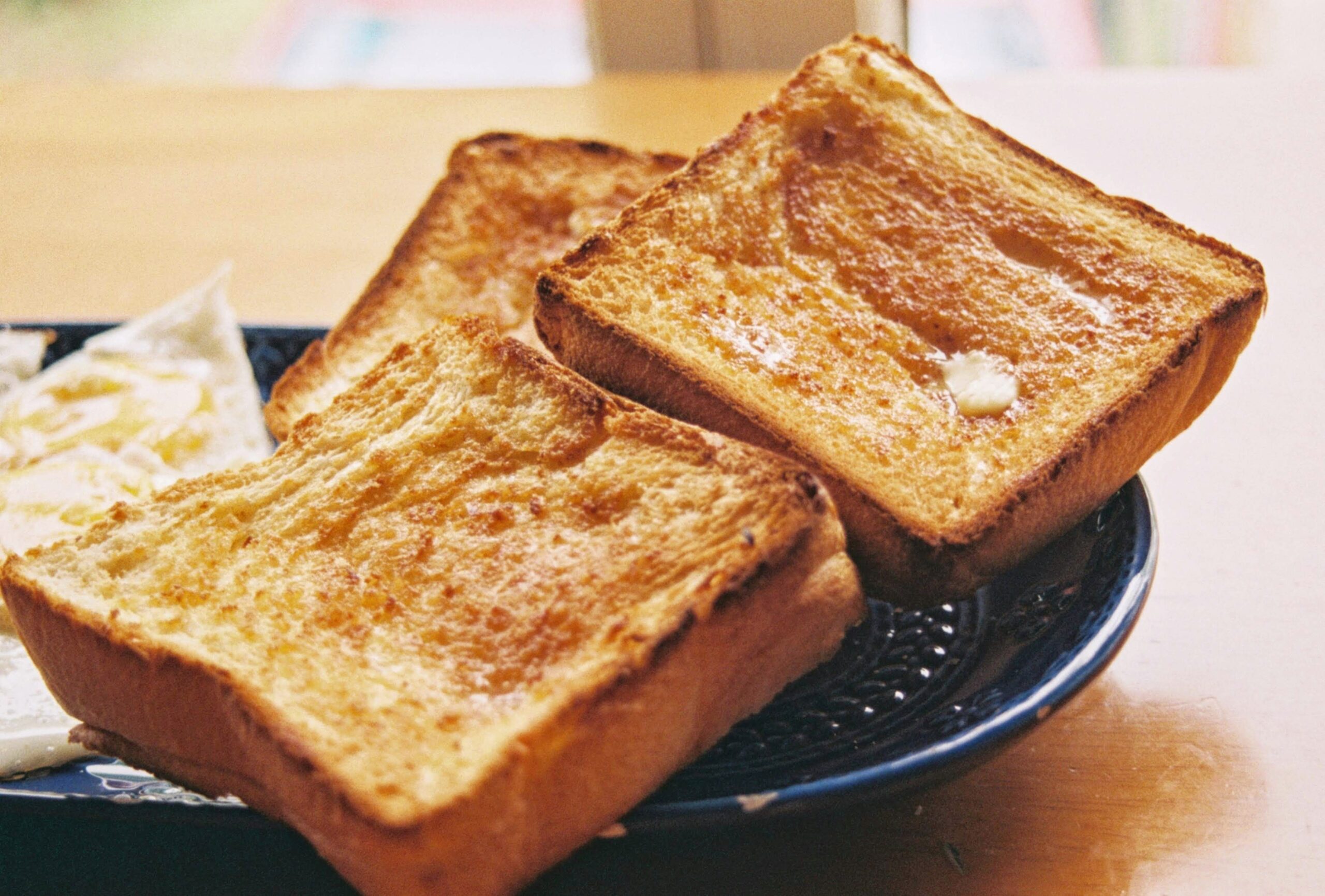Gluten intolerance and coeliac disease have been on the rise for an extended period of time as people have become increasingly aware of food allergies. As a result of this, it has become increasingly important to cater to people with these allergies. One of the most common questions that is asked is does toasting remove gluten from bread?
The toasting of bread even at relatively high temperatures will not remove or significantly decreased the gluten content present in conventional wheat-based bread. The reason for this is that gluten proteins only start to denature at around 500 to 550F, and most toasters do not get anywhere near this hot.
The only alternative method that is recommended for catering to coeliac is to supply food that does not contain gluten. In the case of bread, there are a range of commercially available gluten-free options on the market, however, these options generally don’t taste great if the bread is eaten fresh and they generally need to be toasted to improve the taste.
This is because the texture of the bread is relatively dry and crumbly which makes it relatively unpleasant to eat. Toasting improves the texture making it increasingly crunchy. However, one of the common questions that are asked by someone that does not normally cater to a coeliac is can I use the same toaster for gluten-free and gluten-containing bread?

Can I Use The Same Toaster For Gluten Free And Gluten Containing Bread?
For an extended period of time, the general advice that has been provided is that it is best to use a separate toaster for gluten-free bread because of the risk of contamination. And as a household with two coeliacs, we have actively followed that policy by purchasing a 4 slice toaster and dedicating one side to gluten bread and one side to gluten-free bread.
This has generally resulted in no issues with contamination, however, a recent study in 2019 study has indicated that this advice, which is reasonable and cautious, is not necessarily backed up by data. The study found that when the bread of both types was toasted in the same toaster no significant cross-contamination was detected with the gluten level of the gluten-free toast being found to be below 20 parts per million.
20 parts per million is the level that is generally accepted as being negligible for even the most sensitive coeliacs. This level was detected despite the researchers noting that there were observable levels of crumbs on the top of the toaster and no attempt was made to clean it in any way.
However, my personal recommendation is that if you are in a situation where you’re going to have to cater to a coeliac on an ongoing basis that it is probably safer to have a separate toaster.

Are There Other Cooking Methods That Will Remove Gluten?
As mentioned earlier in the article the temperature at which gluten begins to denature is around 500 to 550F. This means that almost any cooking method that you can think of is unlikely to be sufficiently hot to destroy gluten which includes roasting, using a pressure cooker, or even frying.
Do You Need To Be Careful With Cross-Contamination Of Gluten When Preparing Food?
The general advice that is provided by dietitians and health professionals is that you need to be vigilant about ensuring that you take reasonable precautions to limit your exposure to gluten when preparing gluten-free food.
This means that you need to use kitchen equipment that has been cleaned before preparing gluten-free food and in some cases, they also recommend the use of separate equipment such as knives and cutting boards to further limit the risk.
This advice is provided on the basis that dietitians want to avoid the situation where there are small amounts of contamination on a consistent basis that adds up to a sufficient level of gluten to cause a problem over time. As such they advise having things like separate containers for spreads such as margarine or jam which I think is a reasonable approach.
However, the level of contamination that is likely to occur can be put in perspective by the recent 2019 study on gluten cross-contamination in which the researchers looked at 3 different scenarios.

The first scenario was that gluten-containing pasta was cooked in water and that same water was subsequently used to cook a batch of gluten-free pasta. The tests indicated that the pasta contained approximately 33 parts per million of gluten after draining, however, if the pasta was rinsed it fell below 20 parts per million.
The second scenario involved cutting a gluten-containing cupcake with a knife and then wiping it down with regular cleaning chemicals such as spray and wipe and then cutting a gluten-free cake. The gluten-free cake was found to have less than 20 parts per million of gluten
The third scenario, which was mentioned earlier in the article, was using the same toaster to prepare gluten-free and gluten-containing toast in this case the results for also below 20 parts per million of gluten.
So these results indicate that as long as you take reasonable precautions in terms of removing crumbs and wiping down equipment, as you would normally do with any type of food preparation, this will almost certainly be enough to prevent any problems with contamination food provided that the food itself is gluten-free.
I hope you found this article useful in informative and at least answer a few of your questions involving catering for coeliacs.
Relevant Articles
Does A Dishwasher Remove Gluten?
Why Is Gluten-Free Bread So Small?
Is Lettuce Gluten-Free? Is It Safe To Eat?

Comments are closed